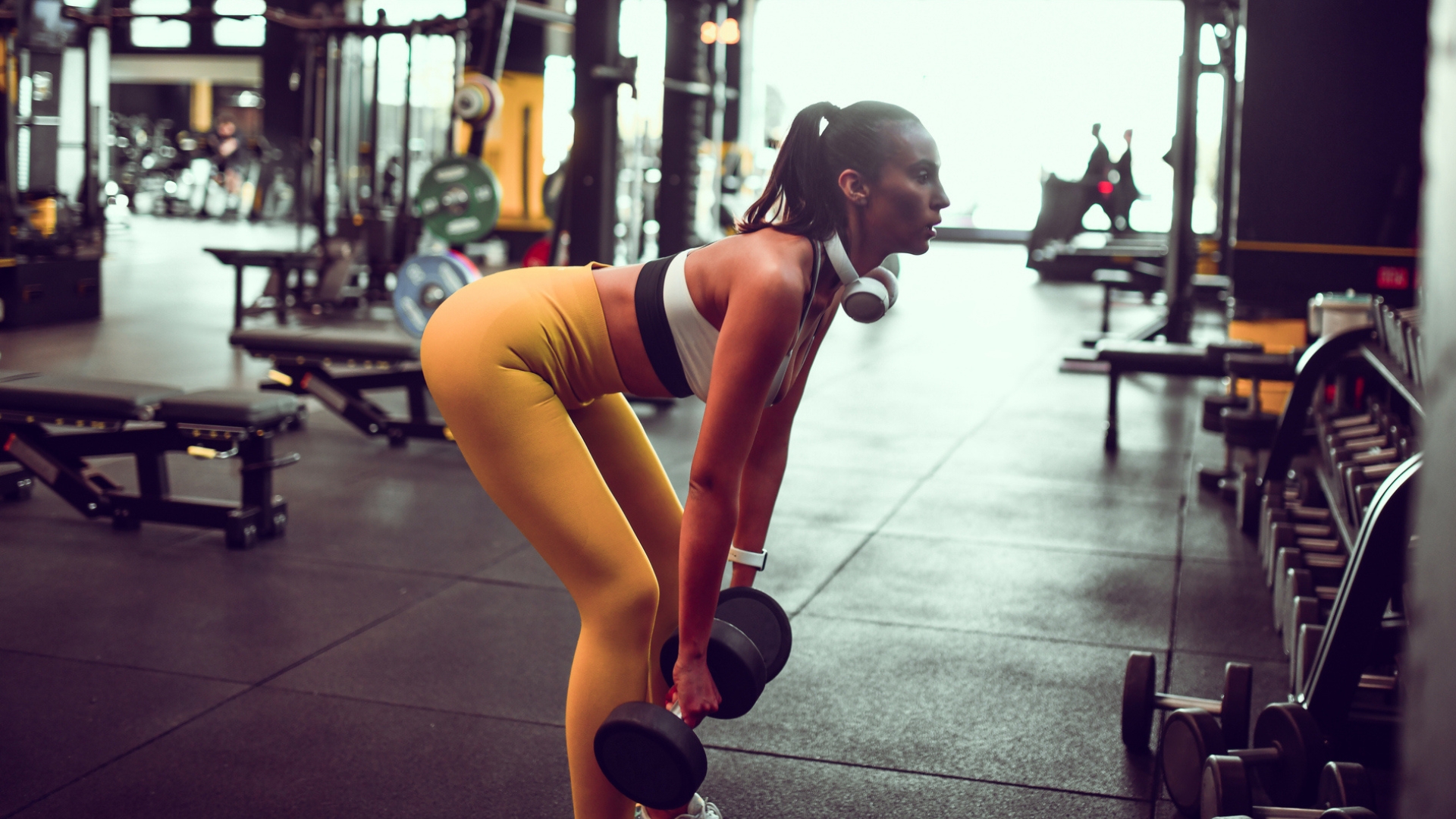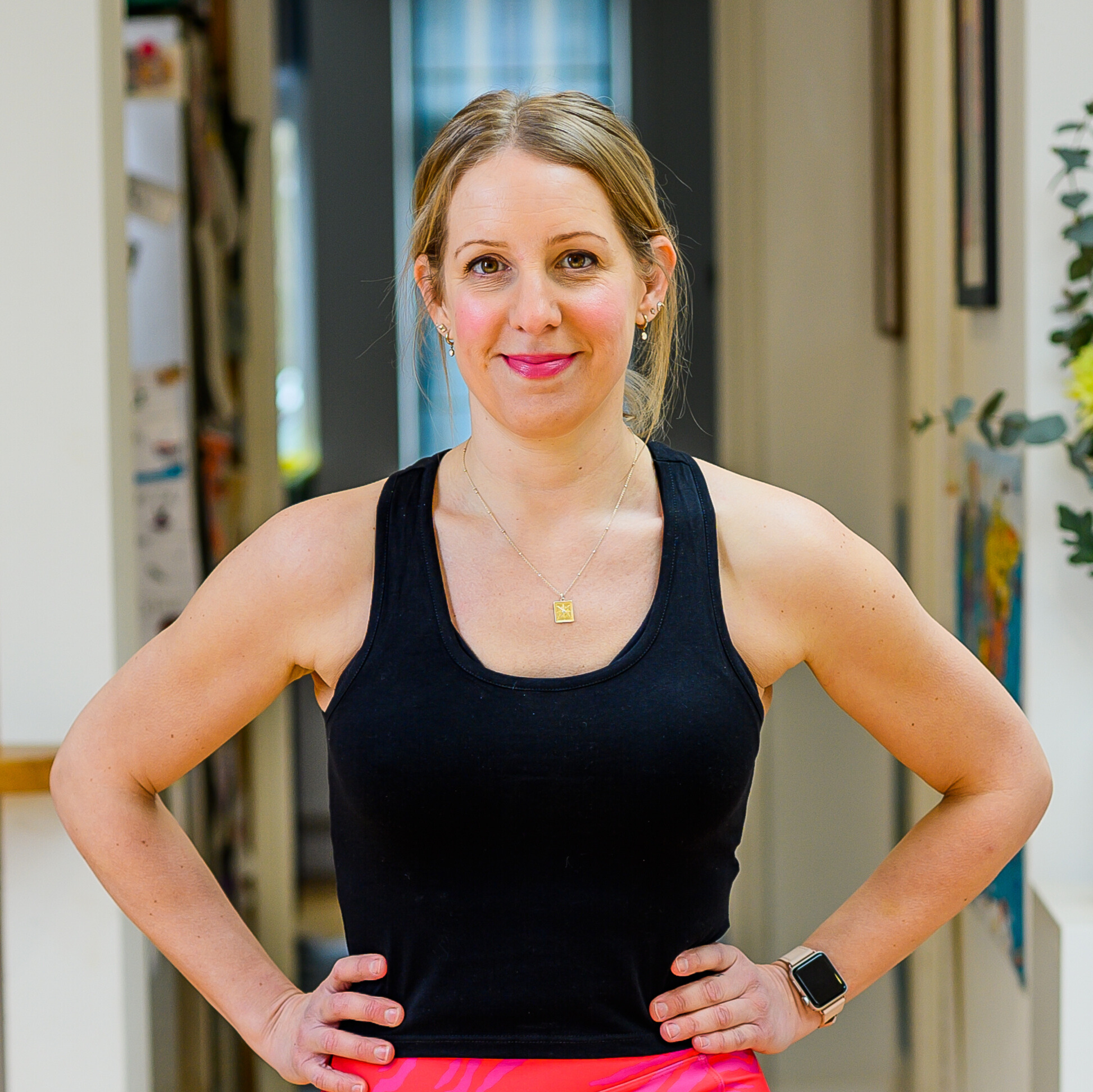Want better posture and stronger knees? Here's why you need to train your hamstrings
Build your lower body strength with these six moves


Many lower-body workouts focus on the quads (front thigh muscles) and glutes (found in the buttocks and at the back of the hip) but as a personal trainer, I believe it’s just as important to train the hamstrings.
Tightness or weakness in these muscles—located at the back of the thighs and running down to the knee—can lead to various issues from bad posture to lower-back pain.
If you’re looking for the most effective way to train hamstrings, certified trainer Fiona Judd has created this six-move circuit. All you need to do it is a pair of relatively heavy dumbbells.
How to do Fiona Judd’s workout
A post shared by 𝘍𝘪𝘰𝘯𝘢 𝘑𝘶𝘥𝘥, 𝘍𝘪𝘵𝘯𝘦𝘴𝘴 𝘐𝘯𝘴𝘵𝘳𝘶𝘤𝘵𝘰𝘳/𝘛𝘳𝘢𝘪𝘯𝘦𝘳/𝘏𝘰𝘮𝘦 𝘞𝘰𝘳𝘬𝘰𝘶𝘵 𝘐𝘥𝘦𝘢𝘴 (@fitfionaj)
A photo posted by on
There are six moves in total, which are:
- Single leg RDL
- Double RDL
- Shiva squat
- Hamstring curl
- Stacked bridge
- Monster walks
Judd recommends doing 12 repetitions of each move, on each side if the exercise is unilateral, and eight repetitions for the monster walk. Aim for three rounds in total and use heavier weights to challenge your legs (Judd uses 15lb dumbbells).
Be sure to warm up before the main workout and cool down for 5-10 minutes afterward.
Why it’s important to train the hamstrings
While many lower-body workouts focus on strengthening the quads and glutes, it’s equally important to train the hamstrings.
Start your week with achievable workout ideas, health tips and wellbeing advice in your inbox.
Strong hamstrings can help prevent injuries to the legs, knees, back and hips, improving your speed and efficiency in activities like running, cycling or playing sports. Stronger hamstrings enable you to jump higher, run faster and accelerate explosively.
Training your hamstrings also makes daily movements, like standing up from a chair, climbing stairs and bending to pick something up, easier.
Hamstrings support the pelvis and spine, and when contracted they can tilt the pelvis backwards. Regular hamstring exercises keep the body stable and can improve posture, flexibility and overall leg strength.
Maddy Biddulph is a journalist specializing in fitness, health and wellbeing content, with 26 years in consumer media working as a writer and editor for some of the bestselling newspapers, magazines and websites in the US and UK, including Marie Claire, The Sunday Times and Women’s Health UK.
She is a CIMPSA-certified PT and works one-on-one with clients, as well as running Circuits Club classes which mixes cardio and strength training and chair-based exercise classes for seniors.
